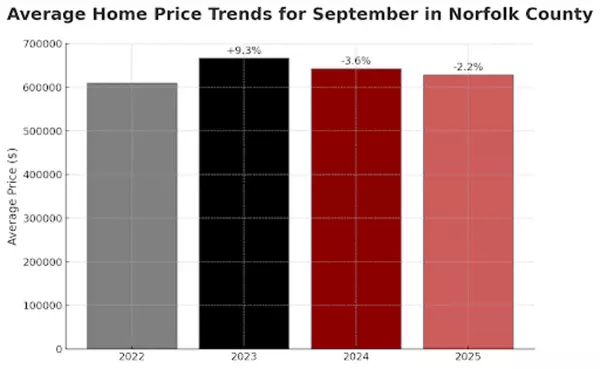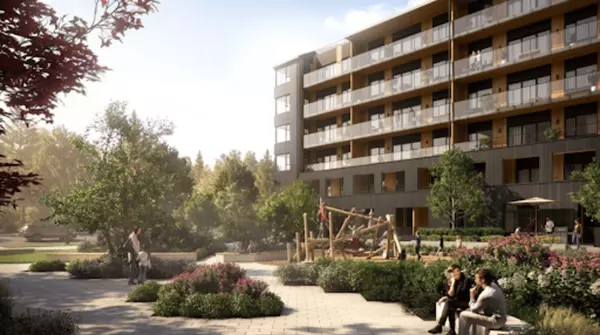Canadian Housing Starts Show Long-Term Strength Despite Slower Activity in August
Canada’s housing market displayed mixed signals in August. While the longer-term six-month trend in housing starts rose 1.6% to 267,259 units, reflecting steady underlying demand, the monthly seasonally adjusted annual rate (SAAR) for August fell to 245,791 units, down 16% from July. In other words, housing construction maintained its broader momentum over the past half-year, although activity slowed last month.

Monthly SAAR Declines While Trend Shows Resilience
Despite the trend increase, the monthly SAAR of total housing starts fell sharply by 16% to 245,791 units in August, down from 293,537 units in July, falling below the six-month trend.
Year-Over-Year Growth in Centres of 10,000 or More
Actual housing starts in centres with populations of 10,000 or more increased 10% year-over-year, with 18,408 units recorded in August 2025 compared to 16,775 units in August 2024. Year-to-date, these larger centres have recorded 156,283 starts, up 4% from the same period in 2024.
However, regionally, there is a mix of growth and declines across Canada. Atlantic Canada recorded a 19% increase in starts, while Nova Scotia saw a 97% jump year-over-year, driven primarily by multi-unit projects. Quebec had a 15% increase, largely driven by multi-unit construction. Manitoba, Saskatchewan, and British Columbia posted notable gains, with BC up 39%, fueled by a 47% rise in multi-unit starts. On the other hand, Ontario experienced a slight 4% decline overall.
Rural housing starts were estimated at a monthly SAAR of 22,063 units, showing the ongoing contribution of smaller markets to national housing supply.
Metropolitan Areas: Regional Variations
Among Canada’s largest cities, Vancouver and Montreal saw substantial year-over-year growth in housing starts. Vancouver recorded 2,526 starts in August 2025, a 46% increase over the same month in 2024, driven by a 51% rise in multi-unit construction and a 9% increase in single-detached homes. Montreal’s starts rose 32% year-over-year to 1,638 units, largely fueled by multi-unit projects. Toronto, however, recorded 2,156 starts, similar to August 2024, with single-detached starts down 41% offset by a 13% increase in multi-unit construction.
Other notable metropolitan trends include Halifax, where housing starts more than doubled year-over-year to 452 units, reflecting strong multi-unit growth, and Saskatoon, which recorded a 44% increase in total starts driven by both single-detached and multi-unit construction. Calgary posted a 21% increase in total starts, while Edmonton experienced a 12% decline.
Balancing Growth and Market Adjustments
The August data highlights the tension in Canada’s housing market. The upward trend in housing starts demonstrates underlying demand as population growth and supply shortages continue to pressure construction. At the same time, the significant month-to-month decline in SAAR signals caution among builders, reflecting higher borrowing costs and changing market sentiment.
CMHC’s analysis suggests that future housing starts may continue to adjust downward to align with current economic realities, although overall construction activity remains elevated compared with last year. Monitoring these trends will be critical for policymakers, investors, and developers navigating Canada’s evolving housing landscape.
Recent Posts











